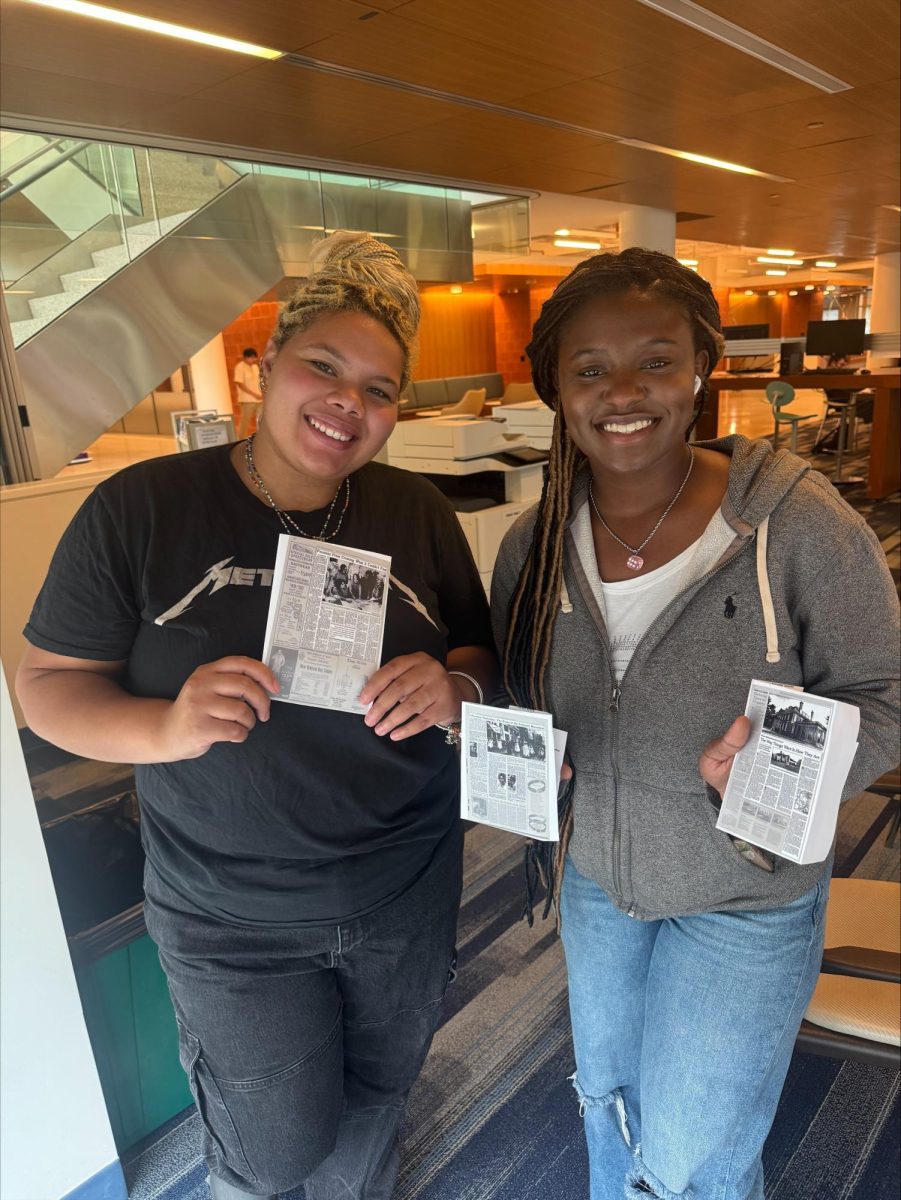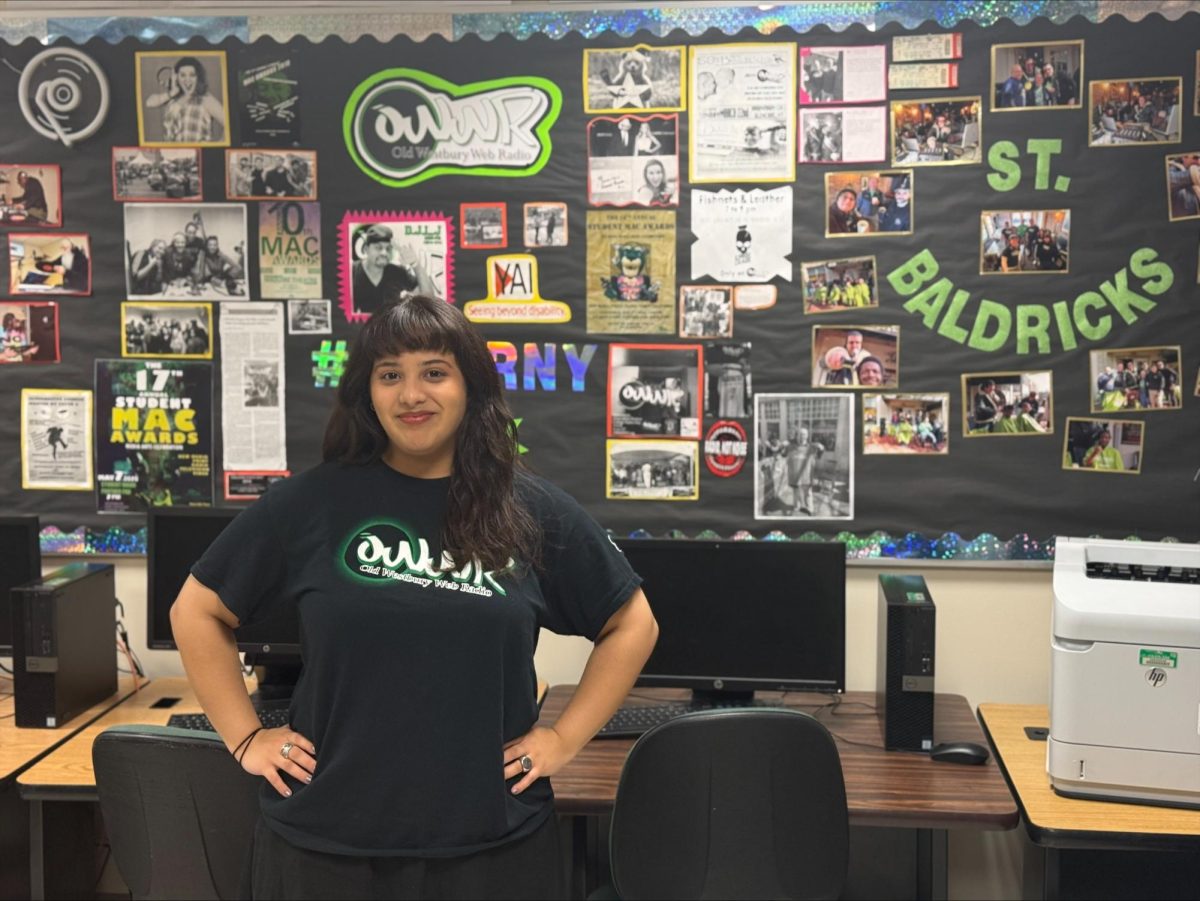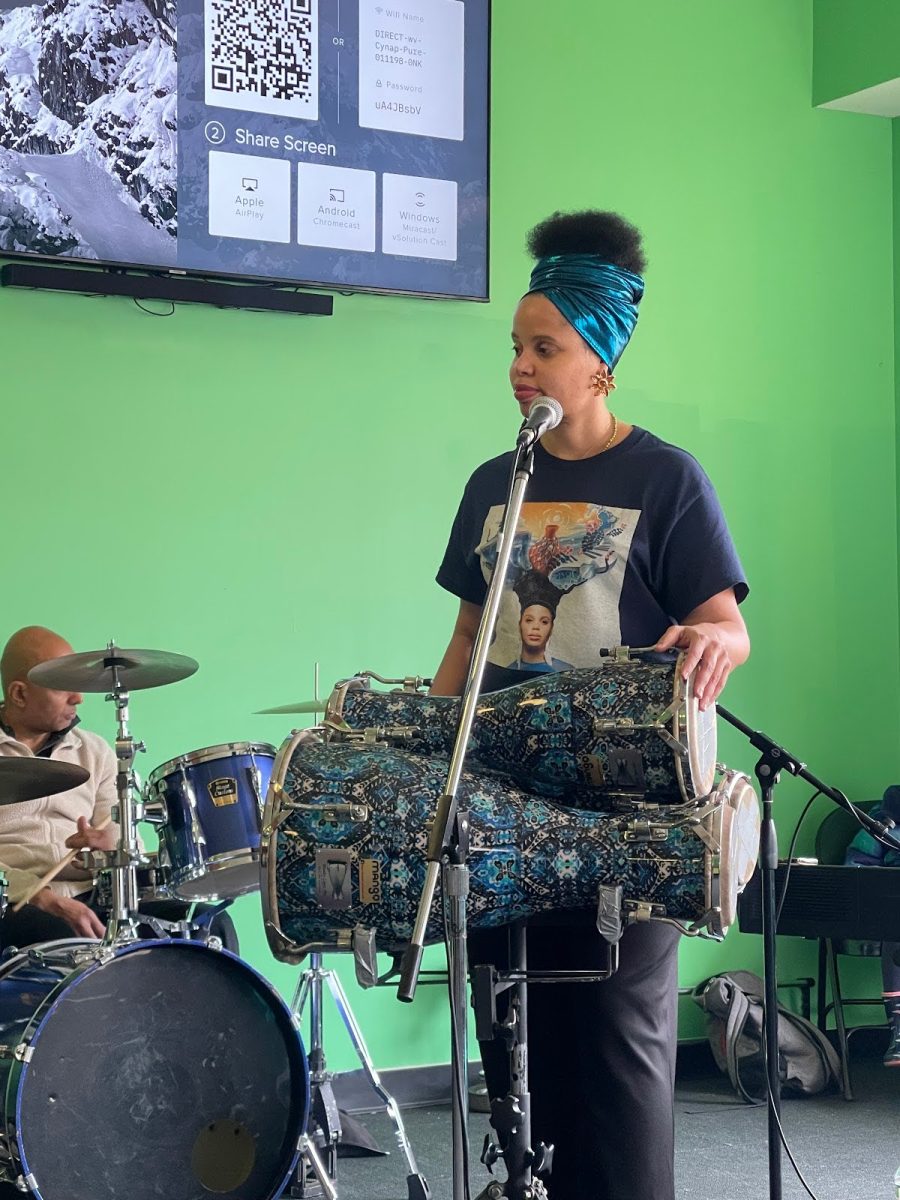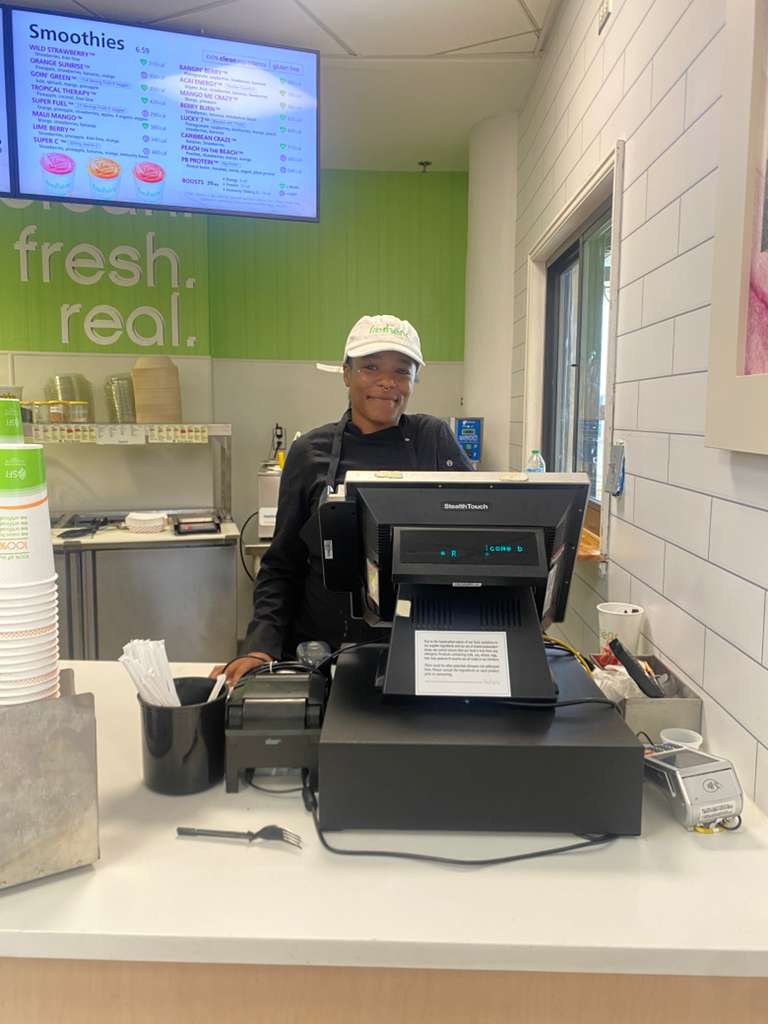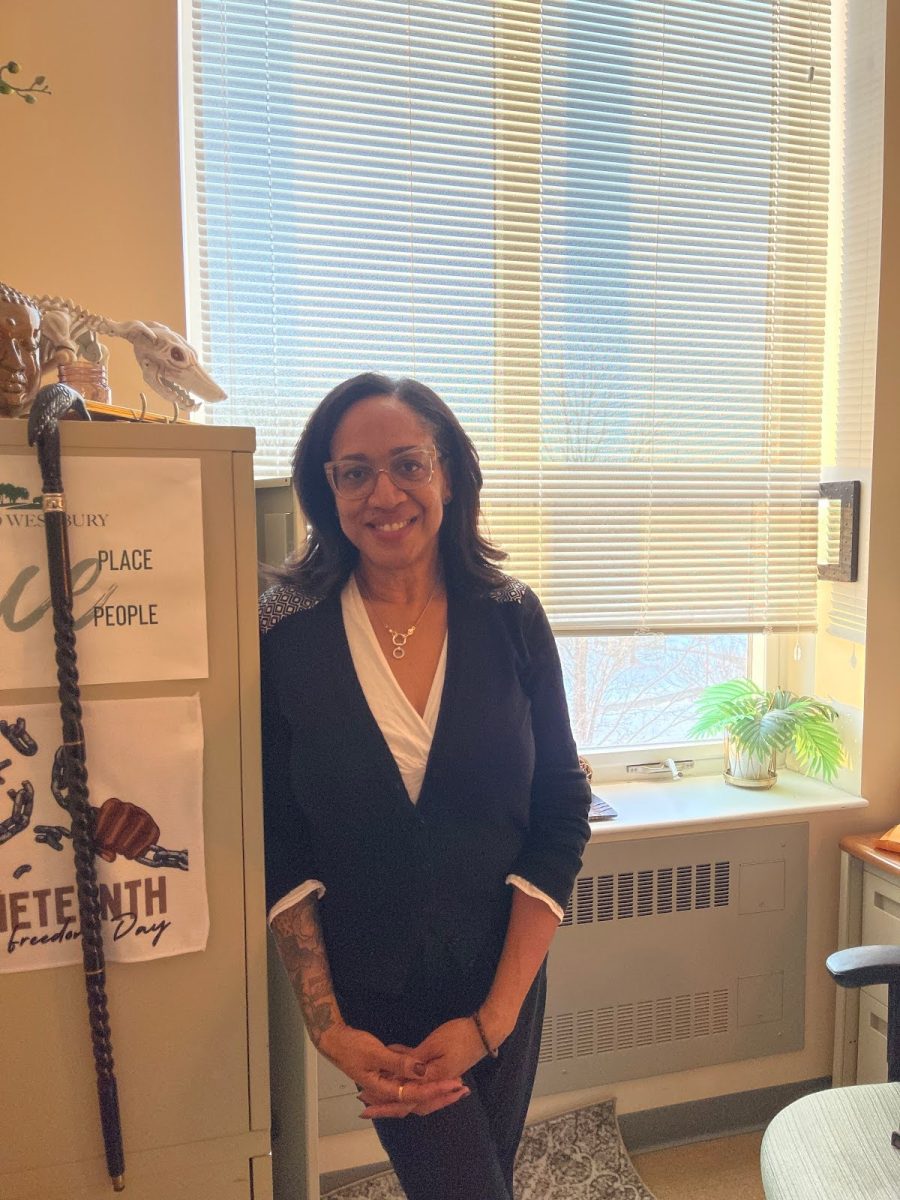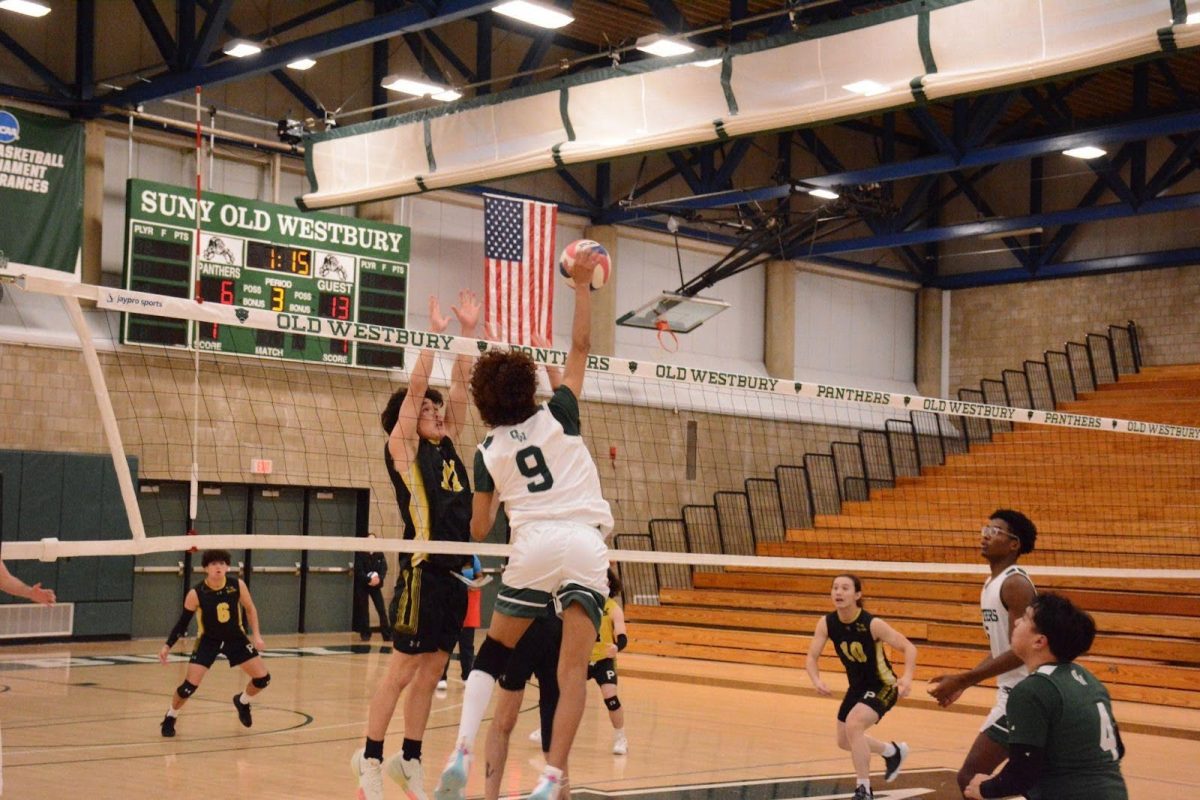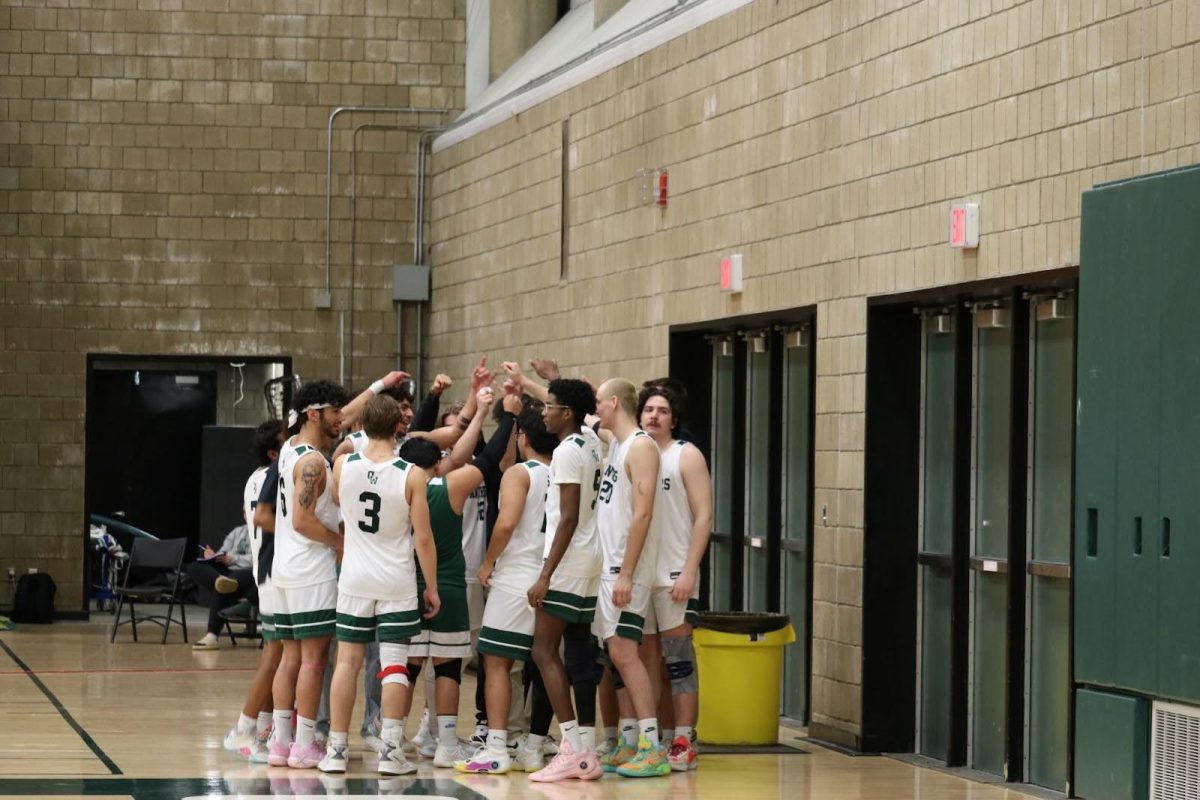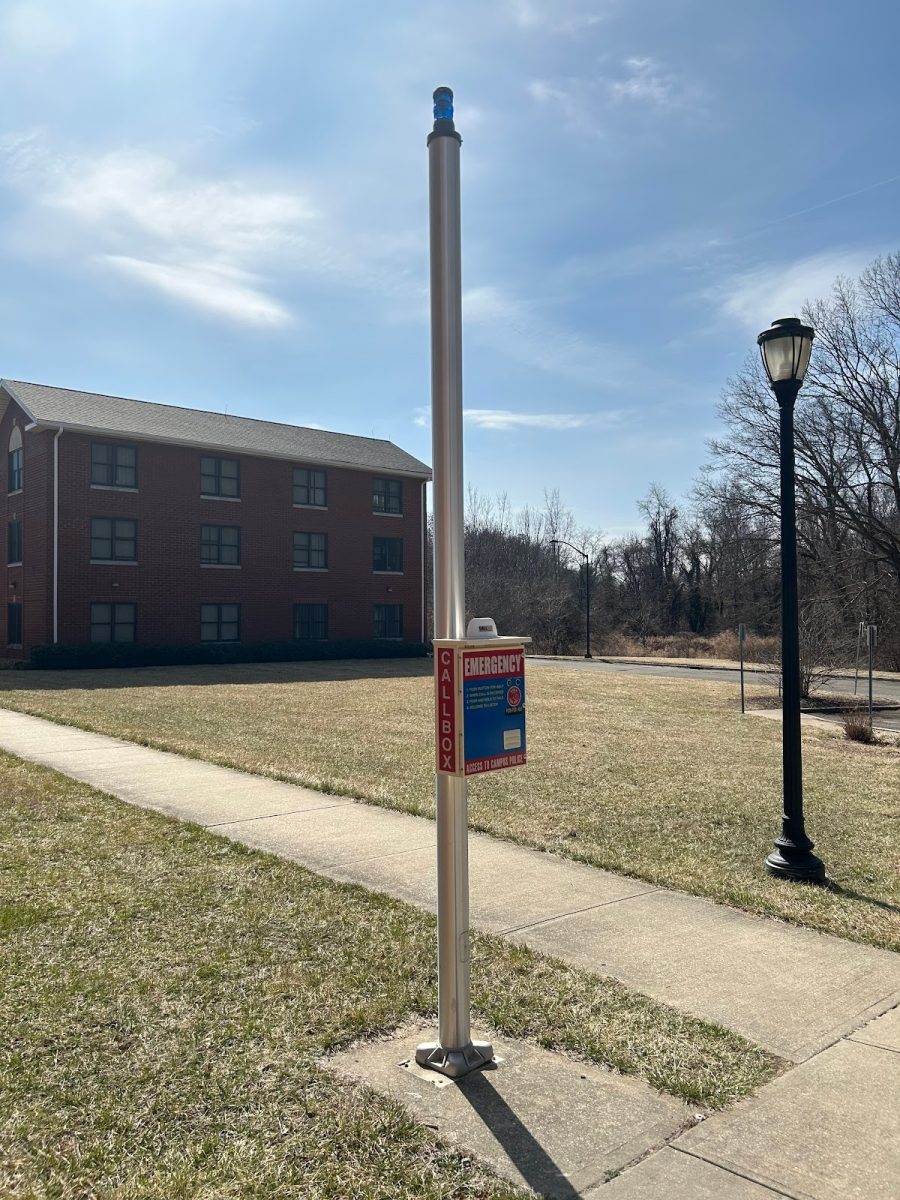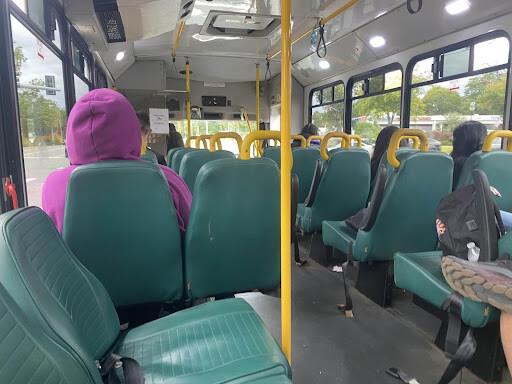At SUNY Old Westbury, ensuring student safety should be a top priority, especially given the campus’s vast, wooded landscape. However, the placement of emergency call buttons designed to provide immediate assistance in case of danger or distress raises serious concerns. These critical safety devices are disproportionately concentrated near the Woodlands residence halls, leaving much of the campus, particularly the Academic Village dorms and more rural areas, without easy access to emergency assistance.
While the Woodlands Halls benefit from a relatively higher concentration of emergency buttons, the rest of campus lacks sufficient coverage. Students living in the Academic Village residence halls, for example, have significantly fewer emergency buttons in their vicinity. For example, the bus stop by Gate A is a place where most of the shuttle drop students before going on their break. However, that area is known for having no cell reception and often is vacant. In spots like this one it is extremely important to have working buttons. This discrepancy is troubling, as these students also navigate the campus late at night or in isolated areas. The lack of emergency buttons in these locations puts residents at greater risk, especially during evening hours when foot traffic is minimal.
Beyond the residential areas, emergency button placement across the academic and recreational portions of campus is also sparse. Many students walk long distances between buildings, parking lots, and dorms, often passing through dimly lit or heavily wooded areas. Without emergency buttons strategically placed in these locations, students may find themselves in unsafe situations with no immediate way to call for help.
SUNY Old Westbury is unique in that it is surrounded by dense woods, with some parts of campus feeling particularly secluded. While this natural setting contributes to the school’s peaceful atmosphere, it also increases the potential for safety concerns, such as encounters with strangers, wildlife, or medical emergencies. After an interview with Jedidah Zervos my argument was further strengthened. Jedidiah, a resident student in woodlands halls is more than disappointed with the placements of the emergency buttons. He stated “The emergency buttons are too few and too far”. Especially speaking from the commuters perspective. Mr. Zervos left me with a plethora of quotes, one being, “UPD should get more in safety with commuters, the campus is already poorly lit.” Emergency buttons serve as a crucial lifeline, allowing students to quickly alert campus security in case of danger. Yet, these essential devices are missing in the very places where they may be needed most.
For students who have late night classes, work shifts, or study sessions, traveling across campus in the dark can be intimidating. Without emergency buttons placed in strategic locations, such as along major walking paths, parking lots, and near bus stops, students are left vulnerable. Expanding emergency button placement to these areas would greatly enhance campus security and provide students with peace of mind.
Ryan Garcia, a commuter at SUNY Old Westbury, gave some much needed insight on his position on safety buttons. Explaining how as someone who typically goes home late the campus being poorly lit is unsettling. Not to mention the little to no emergency buttons located in the rural areas.”Student safety needs to be at the forefront of the school’s priorities.” Garcia stated. He believes that especially for the parents who are dropping off their child that it raises some questions as to how safe their children actually are. “Their child is left exposed and unprotected.”(Garcia) Based on all the evidence and feedback from various students and some staff around campus it seems like there needs to be a change. Garcia was one of the very few to speak up on his beliefs.
Addressing this issue requires the administration to take proactive steps toward improving campus safety. Conducting an assessment of current emergency button locations and gathering student input could help identify high-risk areas in need of coverage. Additionally, increasing the number of emergency buttons throughout campus, especially in remote areas, would demonstrate a commitment to student safety. However after interviewing Morgan Russelle, an administrative assistant in the residential office for 19 years, she stated that she’s always felt very safe on campus. She believes that more button placements can be beneficial in an easily accessible area. “Here at Reslife we may not be privy to everything, however we have no major concerns.” The rest of the interview would later be off the record.
SUNY Old Westbury’s large, wooded campus requires a security infrastructure that meets the needs of all students, not just those in select residential areas. Expanding emergency button placement is a necessary step toward creating a safer environment for everyone.

